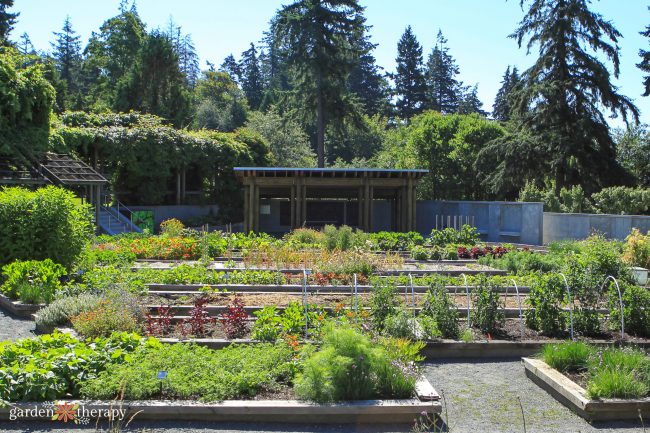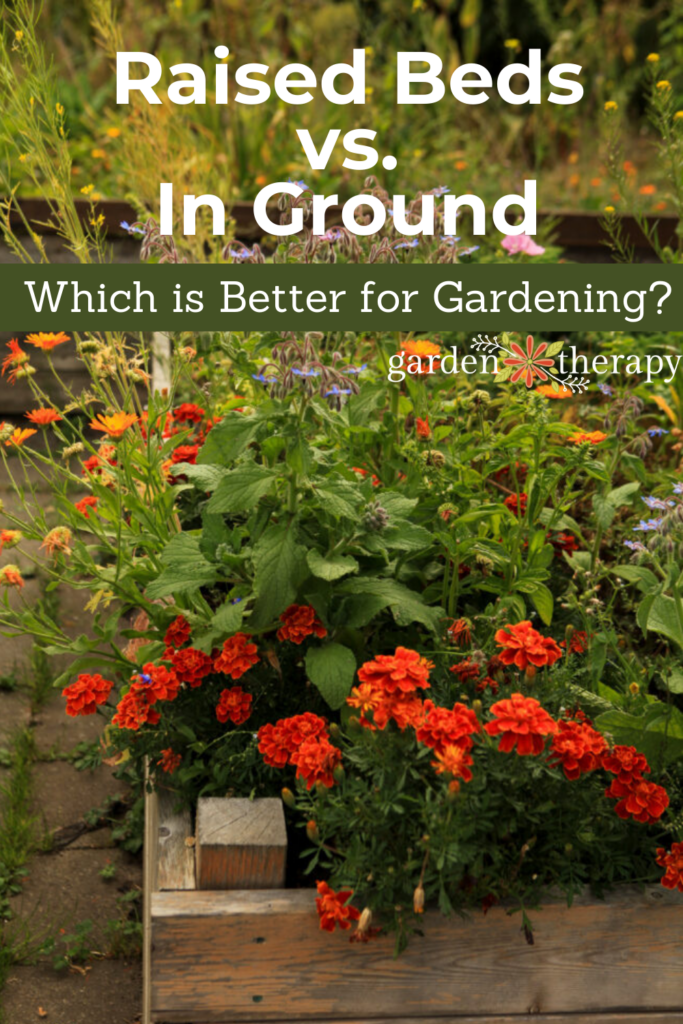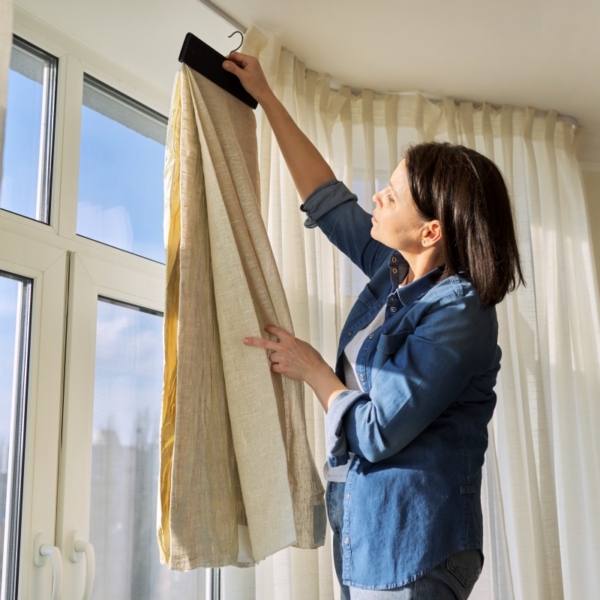Raised beds have taken the gardening world by storm, and just about every vegetable gardener claims at least one raised bed in their design. But are raised beds better for gardening? People feel passionate about gardening in raised beds vs in ground beds, so let’s talk about the benefits and the drawbacks of each.
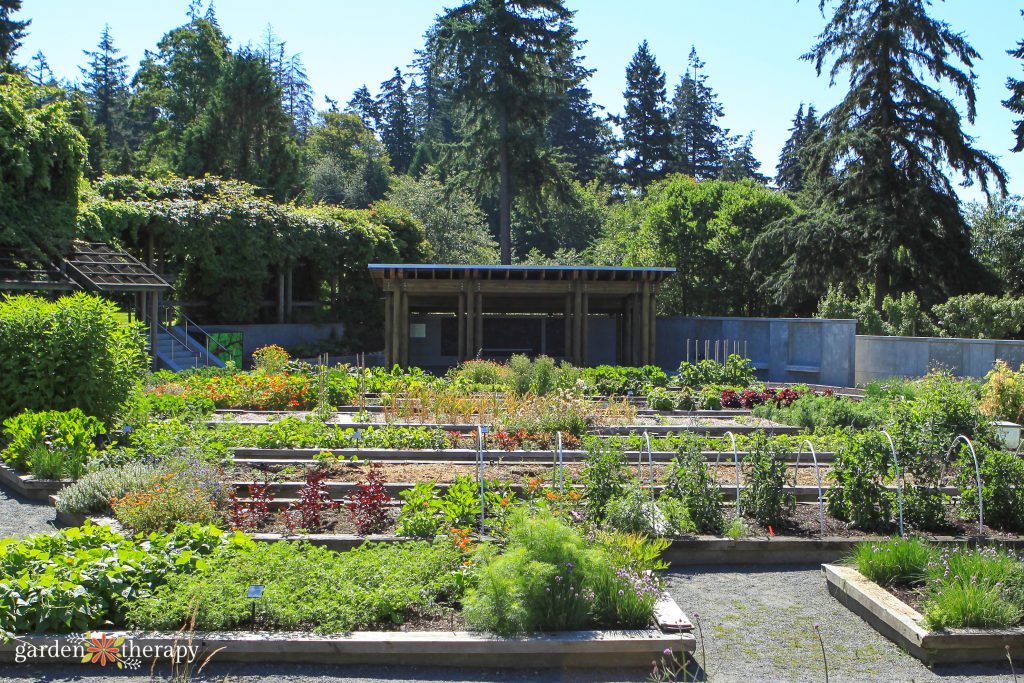
In my old garden, I used a combination of raised beds and in ground beds. All of my perennials and herbs were in the ground, while I reserved one large raised bed for my vegetables.
Just a sliver of my garden had full sun to grow my vegetables. So my solution was to make a unique stacked raised bed where I could optimize my growing space. It worked perfectly for someone with a small garden and as someone with mobility issues.
As for my home, there is one big raised bed left behind by previous owners that is completely impractical. It’s goes right up against a neighbour’s fence, meaning it’s difficult to access. So I’ll actually be removing it this summer!
There is always going to be a case for both sides of growing in raised beds vs in ground ones. So let me break down what you can expect from either option.
Raised Bed vs In Ground Beds
In ground beds are what’s more traditional, and what I’m sure most of your existing gardening beds are. This is when you grow your plants straight into the native soil. There is no turf or lawn, just soil ready for you to plant in.
Raised beds have four walls, creating an enclosed space. These edges can be made of wood, brick, plastic, concrete, or other building materials. They vary significantly in size, with some being small and portable and others large and fixed to the ground.
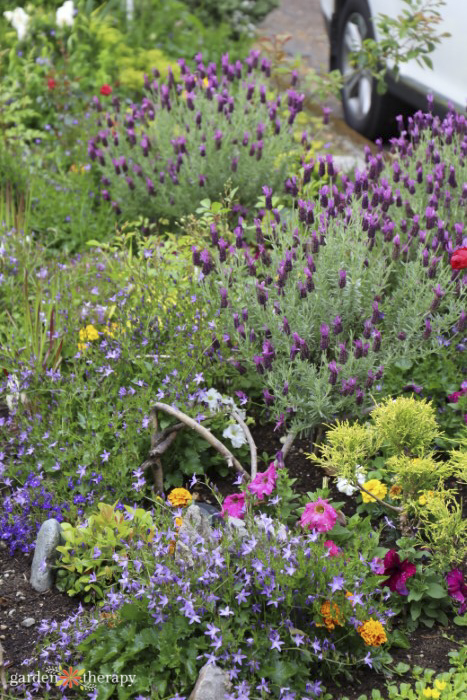
Are Raised Beds Better for Gardening?
When it comes down to it, it all depends on the soil quality. For some, their backyard has wonderful beds of soil, whether you put your all into making it so or inherited some darn good soil already.
For some, they don’t have great soil. Perhaps they have drainage issues or compact, clay soil. In some of these cases, it’s easier to start from scratch with a raised bed rather than try to fix the soil. Leave it to the perennials to fix it up instead!
There are many pros and cons for raised beds vs in ground ones. It all depends on what your current issues are, what you hope you grow, and what space you have. I’ll break this down further, so you can figure out what kind of bed is best for you!
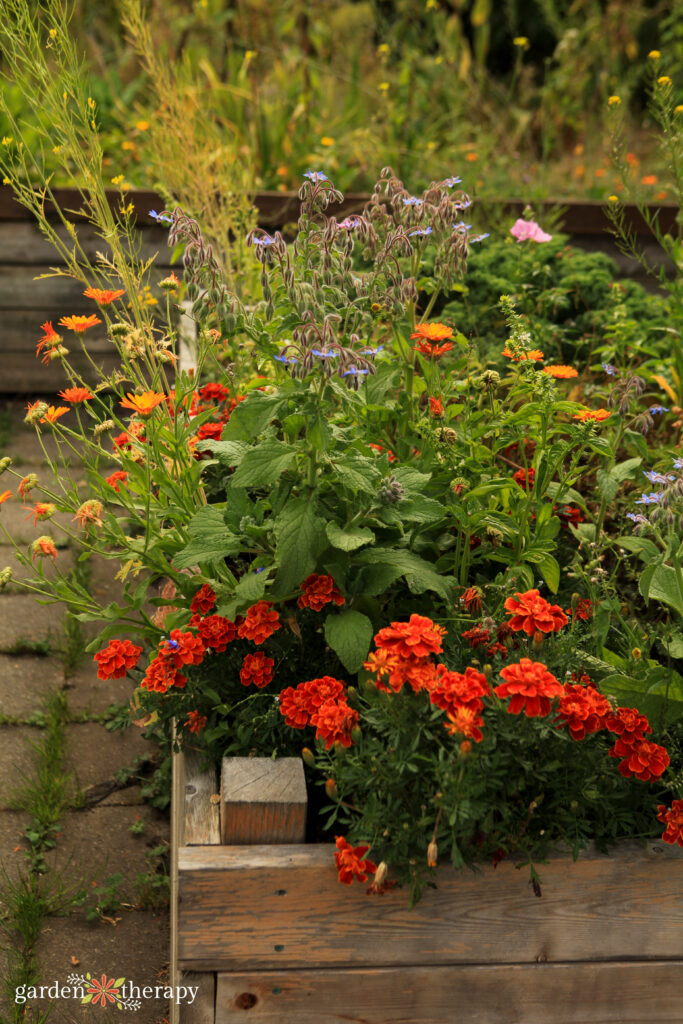
Pros of Raised Beds
Raised beds are very trendy in gardening right now. They have a distinct neat and orderly look that many home gardeners appreciate. Even when there’s nothing growing in them, they can provide some winter interest. But there are a lot more positive things to consider besides the orderliness of a raised bed.
Space Saver
These raised beds can give you extra space in your gardening. If you have limited existing growing space, say from a paved patio or large deck, you can grow plenty in raised beds.
They’re also great for small spaces that need to perfectly manage their space, such as balcony growers or small urban gardens.
See this guide on square foot gardening for tips for maximizing space.
Keep Pests Away
While no garden is going to be completely pest free, raised beds can give you a leg up in keeping the pests away. Since the raised bed isn’t on level ground, it’s out of stomping and chomping range for specific pests like snails, slugs, and rabbits. I grow my lettuce in a wine barrel to keep them away from slugs!
If the raised bed has a bottom or is lined, it can also protect from underground dwellers like gophers or moles.
And if you have small kiddos running around, it can also keep the garden away from curious hands and stomping feet. Same goes for dogs! Though cats seem to be able to reach wherever they set their heart on.
More Accessible
One of the biggest draws of raised beds vs ground beds is that they can be more accessible. Those who have injuries or disabilities may have difficulty in reaching and tending to ground beds.
If you have a raised bed that is higher up, you don’t have to bend or lean as much. It can make gardening much more accessible for anyone.
It’s also great for children who are helping you in the garden. They’re less likely to step or kneel on things when there is that separation.
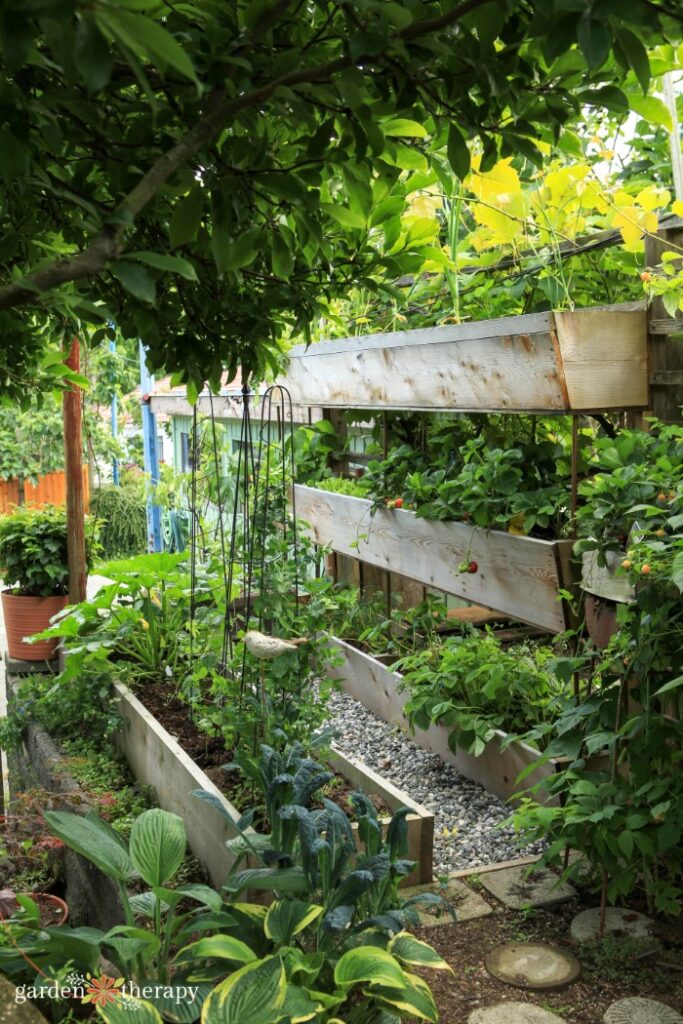
Less Weeding
For most people, they will find that they have to do less weeding with a raised bed. With new weed-seed-free soil, less weeds are likely to pop up. The soil is sterile when taken care of properly.
The borders also help to keep out new weeds, especially those that spread easily through roots like crab grass or clover.
However, it should be noted that if you place a raised bed over top of where turf or weeds used to be and don’t have a lined bottom, the weeds can still creep their way in.
Of course, you’ll still get weeds no matter what—many are carried in the wind. So it’s not a fool proof solution!
High-Quality Soil
When you start a new raised bed, you’re immediately going to have some top-grade soil. If you are starting a ground bed, it can sometimes take a few years to build up the soil to be of high-quality.
Soil can be difficult for many reasons, like lots of roots from a tree that make it difficult to plant into or lots of debris and rocks that make it difficult to use.
Soil Temperatures
Raised beds heat up much more quickly than in ground beds. You can get an earlier start outside in the spring when temperatures begin to warm up in raised beds.
Raised beds (and containers, which are essentially small raised beds) are great for heat loving vegetables as they stay warmer in the summer than the ground.
It should be noted that it goes the opposite way in the cooler season. The ground will be slower to freeze and cool, while raised beds will cool quickly. So if you have anything sensitive to the cold, raised beds are not as well insulated in the fall and winter.
Better Drainage
If a raised bed is set up properly, it can have better drainage than in ground beds. This is especially helpful in super rainy areas or if your yard has drainage issues and can collect soggy soil.
That being said, raised beds can pool water at the base if it isn’t set up for proper drainage. So make sure you set it up right to take advantage of this pro.
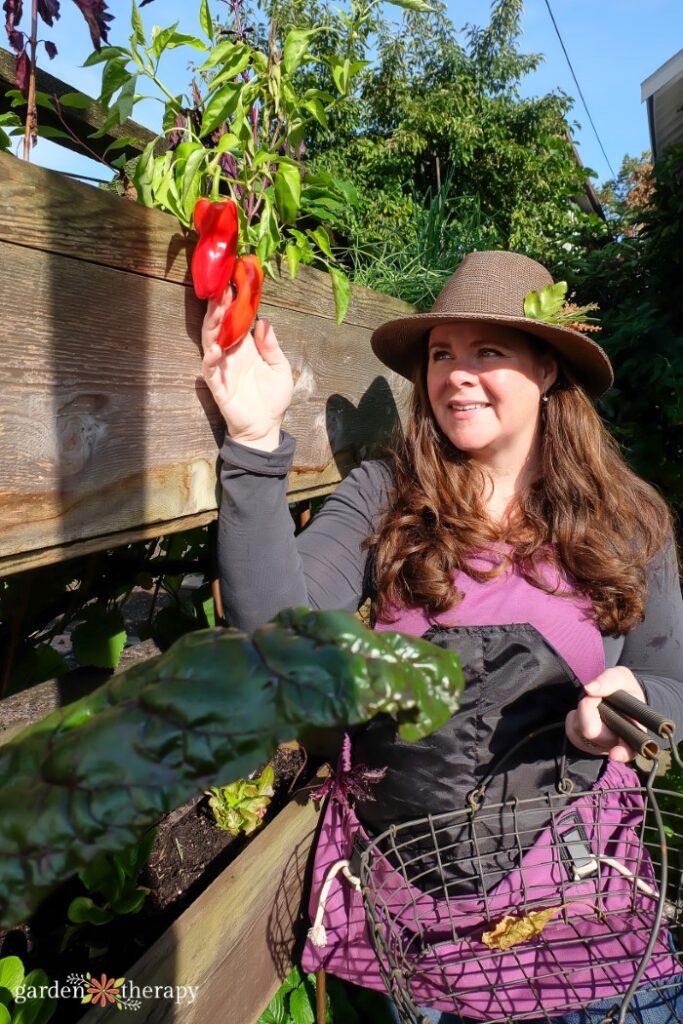
Cons of Raised Beds
For every pro, there is a con. Many of these pros have other considerations that should also be noted. In some cases, in ground beds are a better option than raised ones. Here are some of the not-as-great aspects of growing plants in a raised bed.
More Expensive
You don’t need much to start growing in the ground. You can get started instantly, and don’t have to worry about buying extra building materials or bucket loads of soil.
Speaking of soil, it can get pretty pricey when you’re filling a whole raised bed (or two) full of it. I always suggest adding a layer beneath of other organic material such as branches and leaves. But even then, it will degrade and you’ll find yourself topping off with soil the next year.
While you have the initial building costs of the raised bed, it may also require upkeep down the road. Especially if you use wood, you may find yourself needing to replace panels just a few years after constructing it.
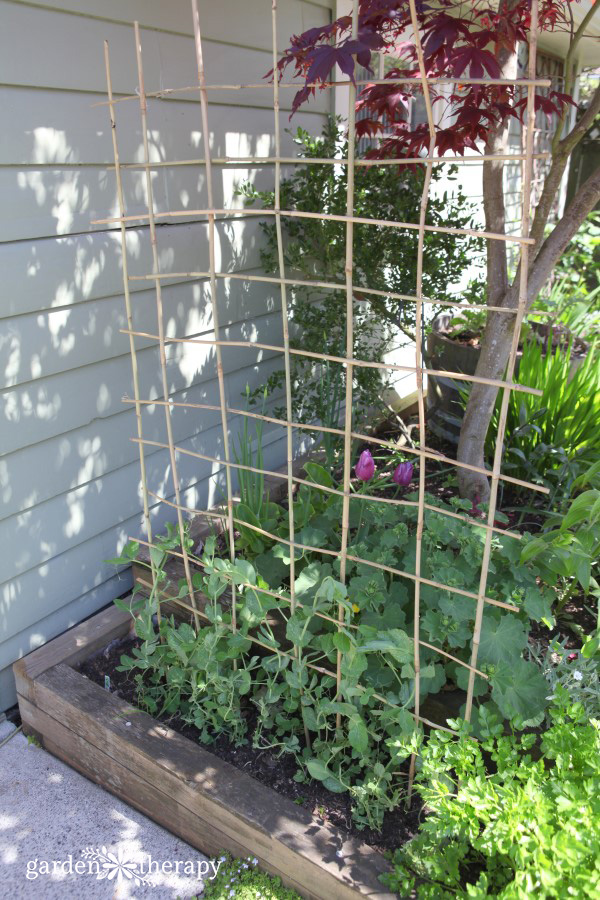
Requires More Resources
Plants in the ground have a big leg up on the competition for being low maintenance. They have access to endless soil beneath them where they can access all the nutrients they need and plenty of water.
I never add any supplemental fertilizer to my in ground beds. Everything they need is already in the soil. I add layers of compost when I have some ready and allow leaf mulch to degrade in the fall. And that’s all they need!
Meanwhile, plants in raised beds and containers will require supplemental fertilizer to get the nutrients they need. And oftentimes, watering will wash away a good chunk of the nutrients too.
In ground beds also retain water much better. They can access moisture from deeper in the ground during droughts. Raised beds dry out quite quickly, and you’ll find yourself watering them almost daily in the peak of the summer.
Raised beds can also be difficult to irrigate. You’re working against gravity after all.
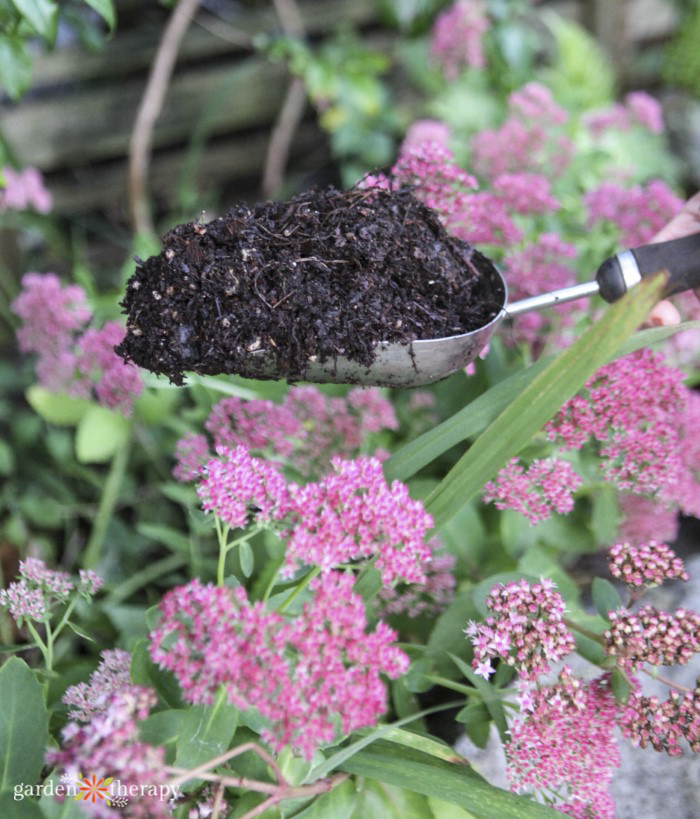
Limited Growing Space
When designing a raised bed, it’s important to consider how deep you make it, as this will limit what you can grow. Anything that has deep roots will have difficult growing in raised beds. With edges and bottoms, plants has difficult getting the horizontal spread and depth they need.
See this guide for how deep a raised garden bed should be.
More Permanent
In some cases, raised beds can be portable. This is great for moving plants around as your design changes and to optimize growing conditions such as amount of sunlight.
But in most cases, raised beds are actually quite permanent. As your design changes, you get stuck with a large and immobile structure. For new gardeners, the first design doesn’t always stick. You learn how other designs and systems work better for you.
When you spend time and money building a raised bed, many are hesitant to take it all down and start from scratch. But sometimes that’s the only solution for a new, better working garden design.
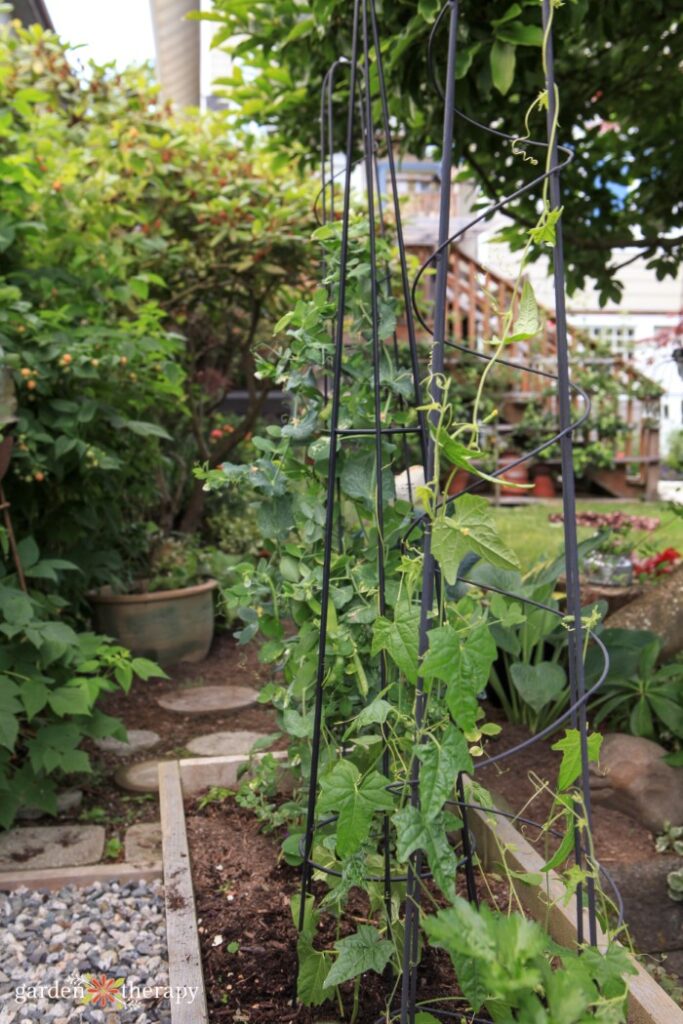
Time and Energy
Depending on what your biggest problems are, a raised bed vs an in ground bed can take more time or energy. Besides the initial build of a raised bed, they also will require more daily watering and fertilizer than a raised bed. But, you may find yourself not having to fight weeds or pests as much.
Likewise, an in ground bed doesn’t require much set up. You save time on watering and requiring little fertilizer. But you may end up spending more time weeding, amending soil, and fighting slugs and snails.
Take the time to think about your space, what you plan on growing, and your individual needs. Weigh these pros and cons I’ve outline in raised beds vs in ground beds, and see what fits your garden best!
FAQ About Raised Gardening Beds
What vegetables should not be grown in a raised bed?
Avoid any large vegetables. This means those that sprawl above ground and below ground. Vegetables with large root systems, such as pumpkins or watermelons, may have difficulty if the bed isn’t deep enough.
Anything vining can also be difficult. Make sure you have a trellis to encourage these plants to grow up, not across the bed.
Also avoid any vegetables that may be difficult to access, such as potatoes or corn.
What veggies do best in raised beds?
Veggies with shallow root systems do exceptionally well in raised beds. They’re quite versatile, so you can even put them in containers.
Root vegetables like loose soil, which also makes them a great candidate for raised beds since there is no foot traffic to compact the soil.
Heat loving vegetables may also benefit from raised beds as the soil temperature is warmer in the summer.
Is it cheaper to make or buy raised garden beds?
If you’re handy, it’s usually cheaper to make your raised garden beds yourself. If you can use reclaimed wood, even better. Here’s how you can make your own raised garden bed.
Do you have a preference for raised beds vs ground ones? Let me know in the comments below.
Tips for Growing Vegetables in a Raised Bed
